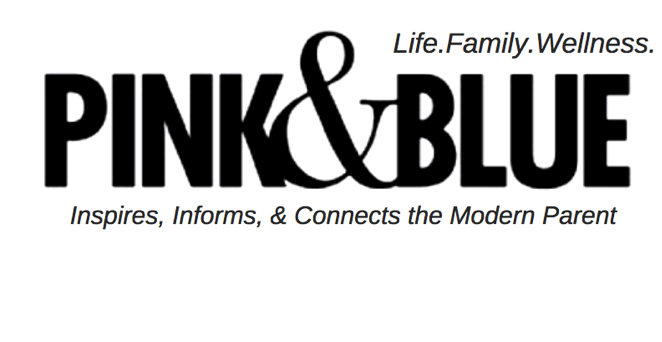When Ashley’s mother took her to her first eye exam at the age of 8, she was shocked to discover that Ashley couldn’t see out of her left eye. “But she has never complained about not being able to see!” she says. When I discuss the cause of her lazy eye – one eye is extremely far-sighted, so the brain has adapted over the years to suppress the image from that eye – I see a look of guilt on the mother’s face that I see all too often.
While pediatrician screenings in infancy and toddlerhood have their place, they do not replace a yearly eye examination by a qualified eye care professional. Most parents aren’t aware that complete eye examinations should start at 6 months of age. Catching amblyopia (lazy eye), strabismus (eye turns), and high levels of far or near-sightedness at a young age means more effective treatment and a better long-term prognosis.
 When I discuss the impact that vision has on learning to parents and teachers, they are often surprised to hear that 80% of learning is vision-related, and that 1 in 4 children have a learning-related vision problem. Reading, writing, spelling, even eye-hand tasks like shooting a basketball, are visual activities that students have to tackle every day. When these skills aren’t at the level of their peers, we often see avoidance, poor school performance, attention issues, headaches, and lowered self-confidence. “Homework wars” begin at home. Clear eyesight, or “20/20” vision, is not the only skill that is required to function in a classroom. Children need to track, focus, and converge their eyes just to look in a book! Not to mention visual perceptual skills like visual memory, sequencing, and other visual-analysis skills needed to comprehend that book. Eliminating any visual problems can quickly pay off in the child’s improved school performance.
When I discuss the impact that vision has on learning to parents and teachers, they are often surprised to hear that 80% of learning is vision-related, and that 1 in 4 children have a learning-related vision problem. Reading, writing, spelling, even eye-hand tasks like shooting a basketball, are visual activities that students have to tackle every day. When these skills aren’t at the level of their peers, we often see avoidance, poor school performance, attention issues, headaches, and lowered self-confidence. “Homework wars” begin at home. Clear eyesight, or “20/20” vision, is not the only skill that is required to function in a classroom. Children need to track, focus, and converge their eyes just to look in a book! Not to mention visual perceptual skills like visual memory, sequencing, and other visual-analysis skills needed to comprehend that book. Eliminating any visual problems can quickly pay off in the child’s improved school performance.
After 6 months of treatment for Ashley – including glasses, patching, and weekly vision therapy – she is now seeing clearly out of both eyes, and her mother has noted a subsequent improvement in her eye-hand coordination and handwriting. The mother still tells me how shocked she was to know that Ashley was essentially blind in one eye and she never knew. Looking back at Ashley’s clumsiness, shy demeanor, and struggles in gross motor activities, it is clear that Ashley had a vision problem. Hindsight is 20/20, right?
OHIP covers routine eye examinations once every 12 months for children from 0-19 years. If a learning-related visual problem is suspected after a routine eye examination, further testing may be required.
By: Dr. Angela Peddle, O.D., F.C.O.V.D.
Residency-Trained Optometrist in Vision Therapy and Rehabilitation
Board-certified Fellow in Vision Development and Vision Therapy
Contact:
Drs. Peddle, Thakrar and Polonenko are Residency-trained Optometrists who specialize in Pediatrics at Vaughan Family Vision Care.
Check them out at www.vaughanvision.com and “Vaughan Family Vision Care” on Facebook and book your child’s OHIP covered exam now at
905 303-9775.






